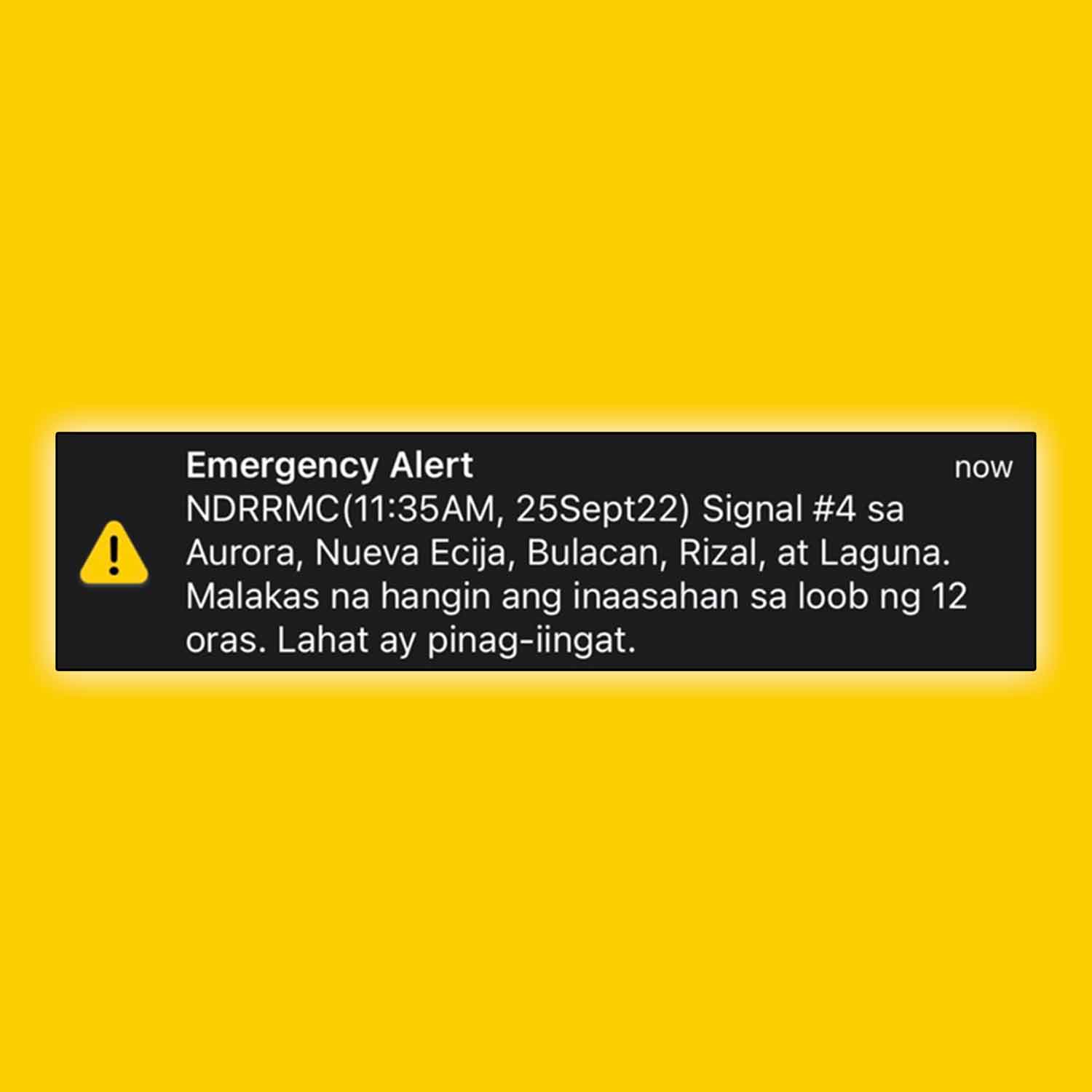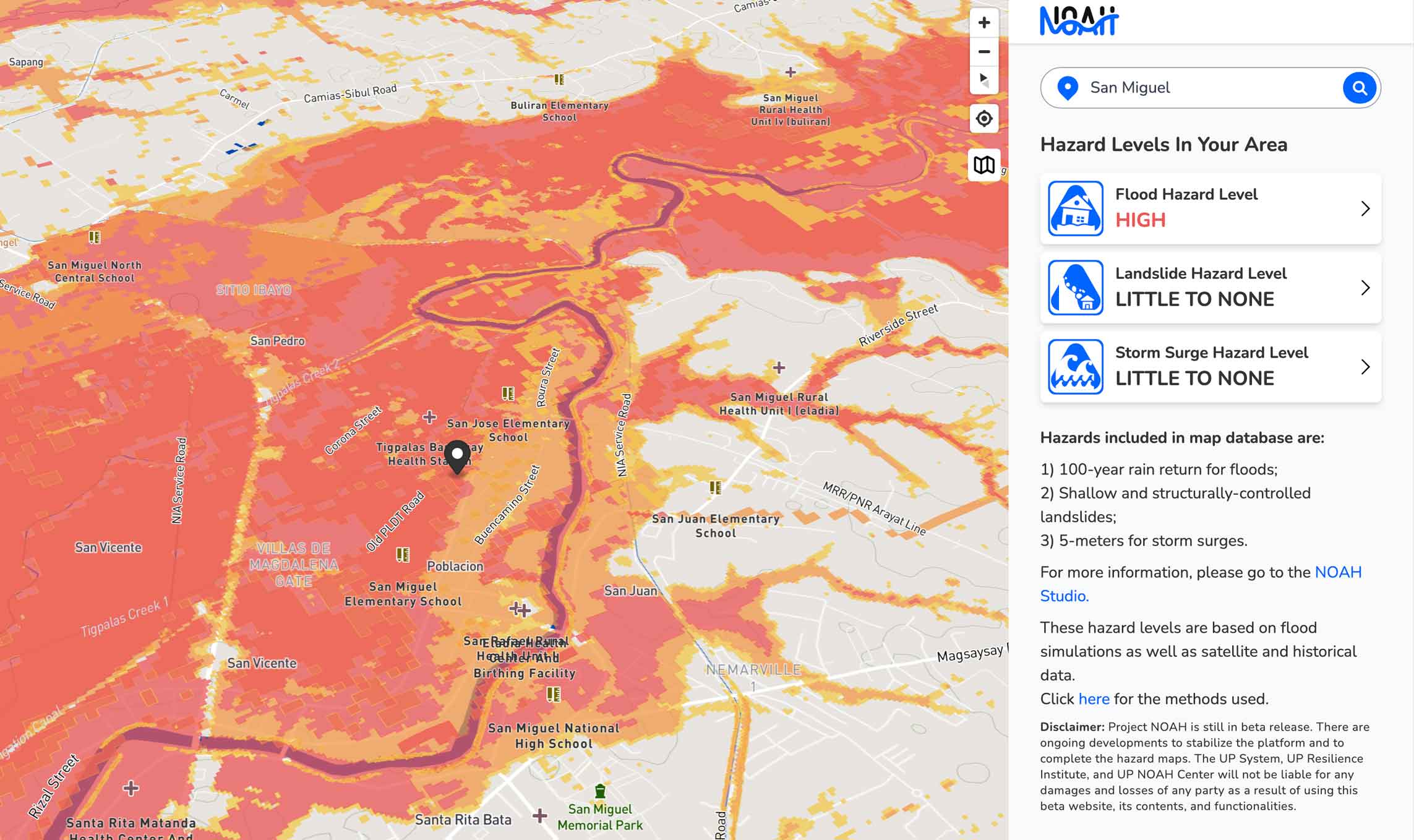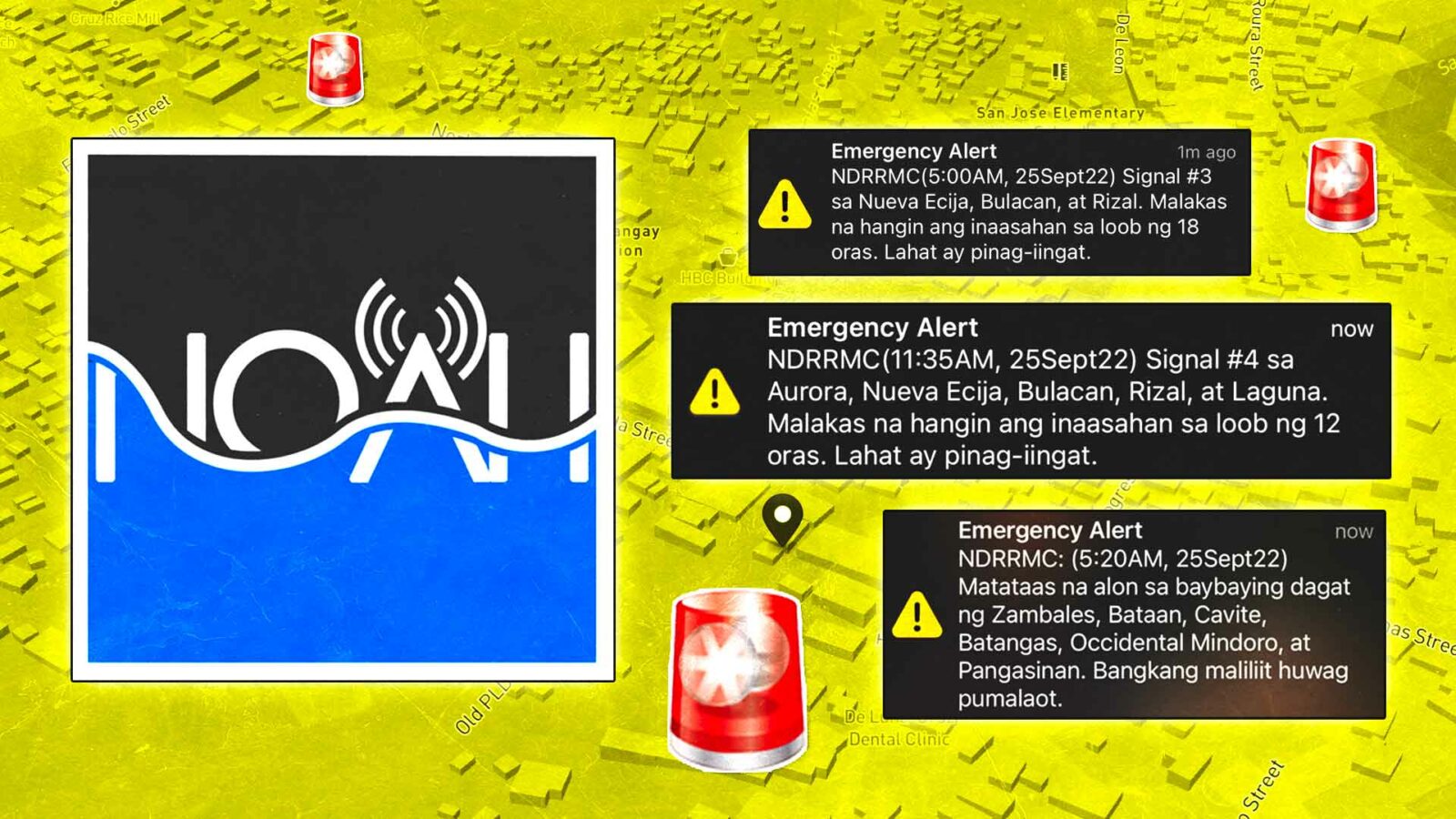In times of emergency and other disasters, handy sites like Project NOAH give all the necessary info we need.
Related: Here’s Where You Can Extend Your Help To Victims of Super Typhoon Carina
In the Philippines, typhoons are an expected occurrence. Every year, around 20 storms are expected to hit various parts of the country. And as seen with the recent Typhoon Carina, these typhoons leave a trail of devastation that can destroy homes, livelihoods, and even lives. Add climate change, government neglect, and trapo politicians who ignore proper climate and flood control projects, it doesn’t make the challenge any easier.
This is why it’s always important to be prepared when a storm comes your way, even if you feel that you aren’t along the storm’s path. And when it comes to preparing for typhoons and other natural disasters, Project NOAH and the NDRRMC alerts serve as valuable tools to help you prepare for the next big one as they stand as some of the best sources for credible information regarding natural disasters.
ALERTS THAT CAN SAVE LIVES

It’s a scenario that you probably are all too familiar with. You’re at home as a typhoon hits some parts of the country. All of a sudden, you hear a loud alarm from your phone and find an alert message from the National Disaster Rick Reduction and Management Council (NDRRMC) informing you of updates regarding the storm. In case you didn’t know by now, those alerts are called the NDRRMC alerts. They were put into place when Neri Colmonares’ RA 10639 Free Mobile Disaster Alerts Act Bill was enacted into law and mandated that, among other things, the NDRMMC send free alerts and updates to people regarding typhoons and other natural disasters.
They provide important real-time updates on the situation, from signal levels in your province to rainfall warnings, and other hazards to expect. These can serve as useful updates, especially for those who live near affected areas. It’s an emergency alert for a reason. They updated people as Typhoon Carina was barreling through Manila, as well as of typhoons in the past. While some may find the loud alarm the alerts make annoying, it’s meant to get your attention. Staying updated on potentially life-saving information is definitely worth the sound the alerts make.
KNOW YOUR HAZARDS

While the NDRRMC Alerts give real-time updates, there also should be a tool to help you prepare before potential disaster strikes. This is where the Nationwide Operational Assessment of Hazard, more commonly known as Project NOAH, comes in. Starting out as an initiative under the DOST in 2012, Project NOAH has been under the UP Resilience Institute since 2017 after it ran out of government funding during the Duterte Administration. It aims to be a disaster prevention and mitigation system filled with accurate, up-to-date, and detailed information on potential disasters around your area.
To use Project NOAH, all you have to do is go to their website and input the address of your current location. Afterward, you are given a list of potential risks and hazards in your area, such as flooding, landslides, and storm surge. They also provide a detailed list of what to know and how to prepare for risks in your area. But aside from knowing how at-risk your area is, Project NOAH also gives you a list of nearby critical facilities to go to in times of need. Hospitals, fire stations, police stations, schools, and other landmarks are all marked on the map.

And speaking of the map, that’s probably one of the coolest and most useful features of Project NOAH. It’s a 3D map that visualizes the height and size of the terrain for a more vivid and accurate image. It also highlights in shades of red, orange, and yellow areas with the potential for hazards and how likely they are to happen. At the end of the day, it truly pays to stay prepared, updated, and informed when and even before disaster strikes. The last thing you want is to be caught flat footed during an emergency.
Continue Reading: Stranger Danger: Here’s Where You Can Get Self-Defense Weapons





